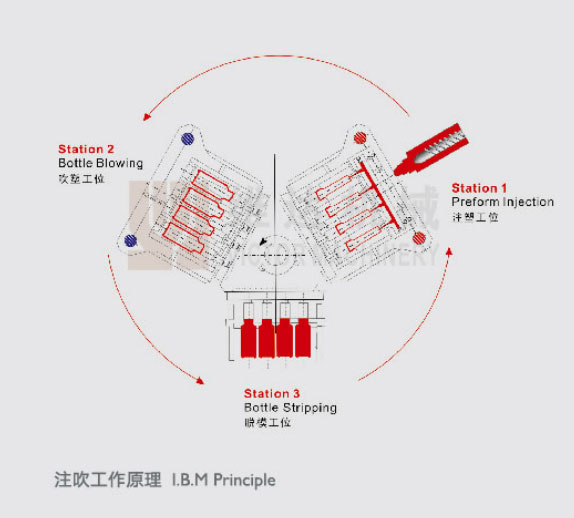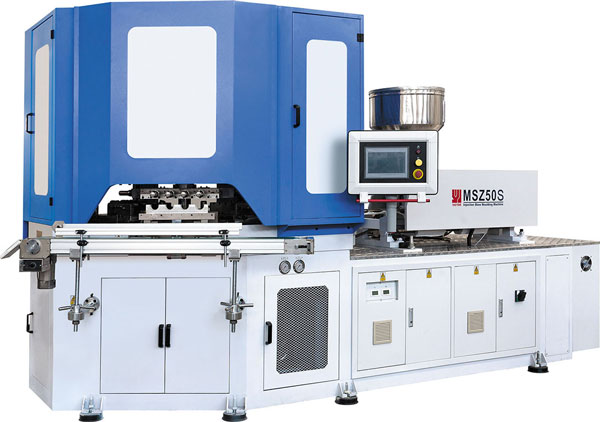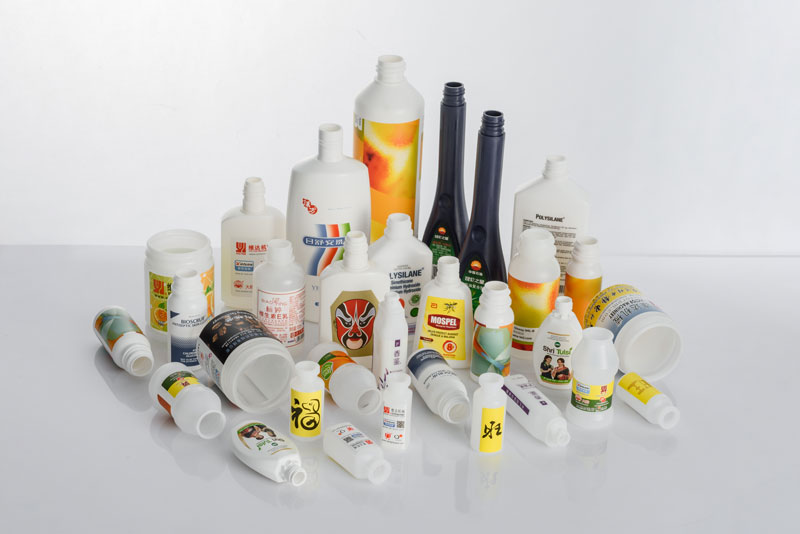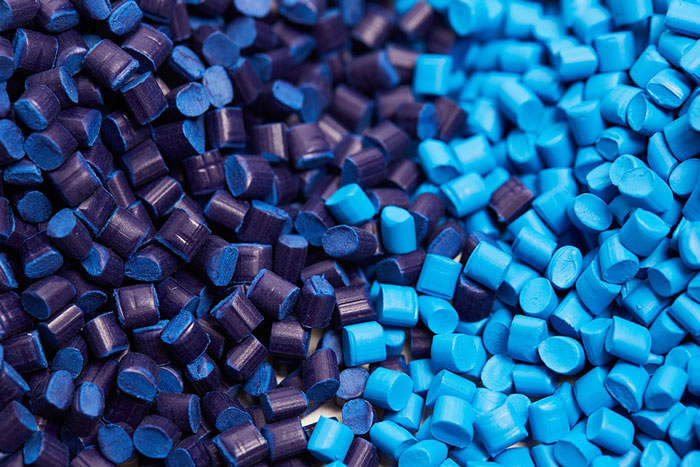What Types of Bottles Are Suitable for Injection Blow Molding?
Struggling to choose the right bottle type for your product? The wrong design or material choice can lead to costly production errors. Let’s explore the best bottle options for injection blow molding (IBM).
Injection blow molding is ideal for producing small-to-medium bottles (5ml-1L) made from HDPE, PP, or PVC. These bottles typically have a wall thickness between 0.25mm and 2mm, with heights ranging from 50mm to 300mm and diameters of 20mm to 100mm. Proper design ensures material flow and structural integrity.
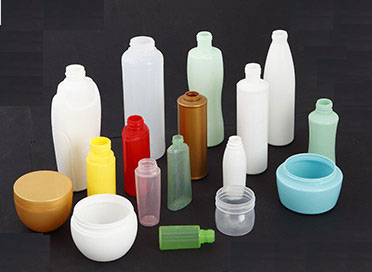
IBM is widely used in industries such as pharmaceuticals, cosmetics, and food packaging. Choosing the right bottle type requires understanding material properties, manufacturing constraints, and product functionality.
What Types of Bottles Are Suitable for the Injection Blow Molding Process?
Picking the wrong bottle type can lead to weak structures, inconsistent shapes, or even production failures. IBM technology has specific requirements that determine which bottles can be manufactured efficiently.
Bottles suitable for IBM are typically small-to-medium in size and made from thermoplastics like PET, HDPE, and PP. These materials offer excellent clarity, durability, and recyclability, making them ideal for high-volume production.
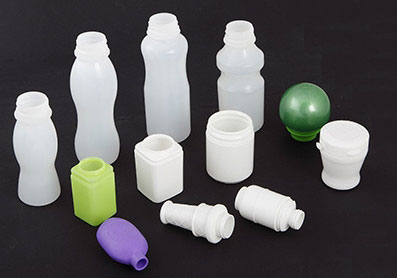
Common Bottle Types for IBM
| Bottle Type | Material | Common Uses | Key Benefits |
|---|---|---|---|
| Pharmaceutical Bottles | PET, HDPE | Medicine, vitamin containers | High clarity, tamper resistance |
| Cosmetic Bottles | PET, PP | Perfumes, lotions | Transparent, aesthetically pleasing |
| Beverage Bottles | PET | Juice, water | Lightweight, impact resistant |
| Food Containers | HDPE, PP | Condiments, sauces | Leak-proof, food-safe |
The suitability of a bottle depends on the material’s processability and the final product's performance requirements. IBM ensures high precision and uniformity in bottle production.
What Are the Wall Thickness Range and Design Requirements for Injection Blow Molding Bottles?
Choosing the right wall thickness is critical. Too thin, and the bottle lacks strength. Too thick, and material waste increases.
IBM bottles typically have wall thicknesses between 0.25mm and 2mm. The ideal thickness depends on the product’s durability, barrier properties, and manufacturing efficiency.
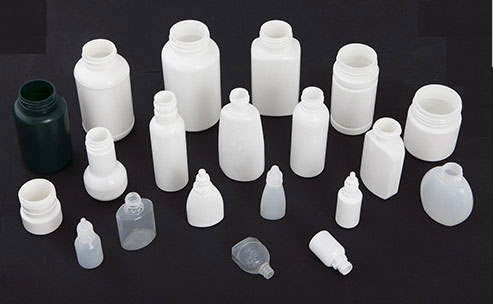
Key Design Factors
- Wall Thickness Distribution – Uniform thickness ensures strength and stability.
- Neck Finish – Must match industry standards for closures.
- Base Design – Stability and impact resistance depend on proper base shaping.
- Material Flow Optimization – Ensures even cooling and minimal shrinkage.
Designing IBM bottles requires balancing structural integrity, cost efficiency, and aesthetic appeal. Engineering precision is necessary to prevent defects such as warping and stress cracking.
What Are the Common Size Specifications for Injection Blow Molding Bottles?
IBM primarily produces bottles for specific industries, each with standard size requirements.
Typical IBM bottles range from 5ml to 1L, with heights between 50mm and 300mm and diameters from 20mm to 100mm. Standardized dimensions help maintain consistency and compatibility with closures and labels.
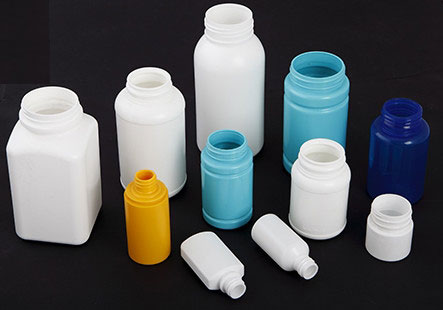
Industry-Specific Sizes
| Industry | Common Bottle Sizes | Application Examples |
|---|---|---|
| Pharmaceuticals | 10ml, 30ml, 100ml | Medicine, syrups |
| Cosmetics | 50ml, 100ml, 250ml | Perfume, skincare |
| Food & Beverage | 250ml, 500ml, 1L | Juice, sauces |
Manufacturers must adhere to these specifications to ensure quality and functionality. IBM allows for consistent, high-volume production with minimal defects.
What Are the Design and Testing Points of Injection Blow Molding Bottles?
Even the best-designed bottle can fail if not tested properly. Structural integrity, sealing performance, and material strength must be verified before mass production.
Key design and testing factors for IBM bottles include impact resistance, leak prevention, and material compatibility. Rigorous testing ensures product safety and functionality.
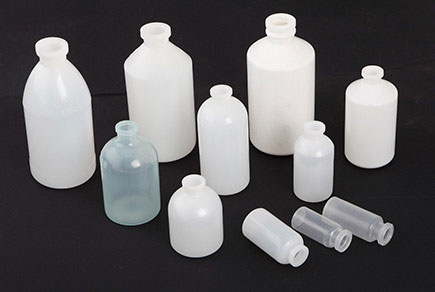
Essential Design & Testing Factors
- Drop Test – Ensures bottles can withstand falls without cracking.
- Leak Test – Verifies the integrity of the closure system.
- Thermal Resistance – Checks performance under different temperatures.
- Material Compatibility – Prevents chemical reactions between contents and packaging.
Proper testing avoids costly recalls and guarantees consumer satisfaction. IBM manufacturers use advanced quality control methods to ensure compliance with industry standards.
Conclusion
Injection blow molding is ideal for producing durable, high-quality bottles. Proper material selection, design considerations, and testing procedures ensure optimal performance and efficiency.

